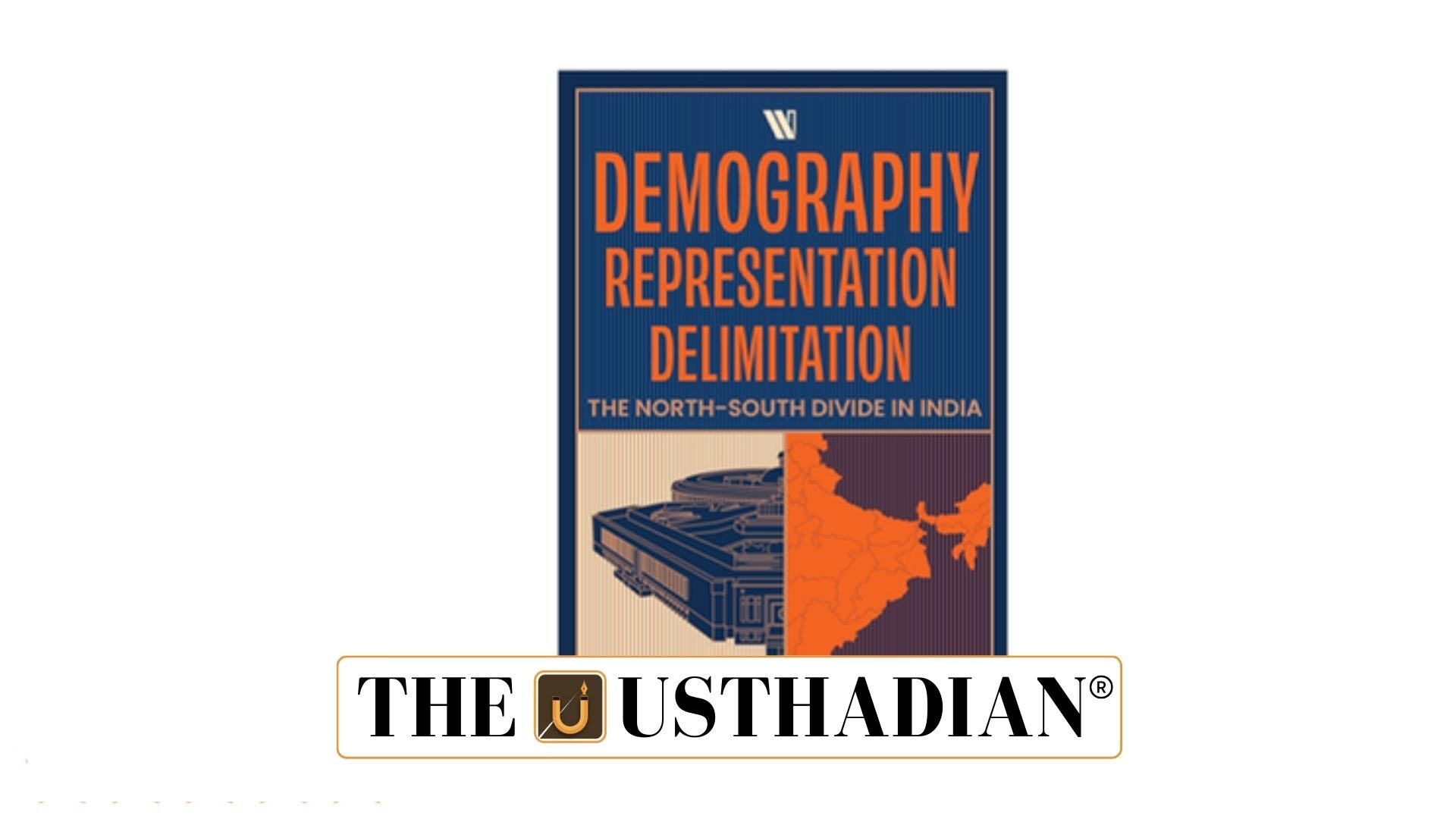Understanding the Book
Demography Representation and Delimitation Book Analysis: The book Demography, Representation, Delimitation by historian Ravi K Mishra examines the complex politics of Lok Sabha seat redistribution in India. It challenges the popular view that southern states controlled their population more effectively, showing instead that demographic shifts follow a historical timeline.
Population Growth Debate
Mishra’s research reveals that until 1971, states like Kerala, Madras Presidency, Mysore, and Hyderabad experienced population growth above the national average. The narrative that the South achieved better control through policy is questioned. He emphasizes that the North-South demographic gap widened only after 1971 when northern states outpaced the South.
Static GK fact: The first all-India population census in India was conducted in 1872, while the first synchronous census took place in 1881.
Impact on Lok Sabha Representation
If future delimitation is based strictly on current population, northern states stand to gain significantly in Lok Sabha seats. For example, Uttar Pradesh could rise from 80 to 134 seats, Bihar from 40 to 73, and Maharashtra from 48 to 71. Meanwhile, Kerala would remain at 20 seats, highlighting concerns of political imbalance.
Static GK fact: The strength of the Lok Sabha is currently 543 elected members.
Proposed Solutions
To maintain equity, Mishra suggests using Kerala’s seat count as a baseline for redistribution. He also proposes expanding the Rajya Sabha to give states a stronger role in protecting federal balance. This approach could address fears of domination by more populous states.
Static GK fact: The Rajya Sabha has a maximum strength of 250 members, of which 238 represent states and union territories.
Author’s Contribution
Ravi K Mishra is a historian specializing in demography and public policy. He serves as the Joint Director of the Prime Minister’s Museum and Library, New Delhi, and has previously taught at O.P. Jindal Global University. His work is widely cited in both academia and policy debates, especially on population history and its link to governance.
Static GK Tip: The Prime Minister’s Museum and Library (PMML) was earlier known as the Nehru Memorial Museum and Library (NMML).
Broader Implications
The book goes beyond statistics to highlight the sensitive balance between federalism, democracy, and population dynamics. It suggests that without careful reforms, delimitation could sharpen regional divides between the North and South, affecting India’s long-term political stability.
Static Usthadian Current Affairs Table
Demography Representation and Delimitation Book Analysis:
| Topic | Detail |
| Book Title | Demography, Representation, Delimitation |
| Author | Ravi K Mishra |
| Focus | North-South demographic divide and delimitation debates |
| Census Data Used | From 1881, adjusted for present boundaries |
| Key Finding | South had higher growth until 1971; North outpaced later |
| Lok Sabha Seat Forecast | UP 134, Bihar 73, Maharashtra 71, Kerala 20 |
| Proposed Solution | Kerala baseline, expand Rajya Sabha |
| Current Lok Sabha Strength | 543 elected members |
| Current Rajya Sabha Strength | 238 states/UTs + 12 nominated = 250 max |
| Author’s Position | Joint Director, Prime Minister’s Museum and Library |








